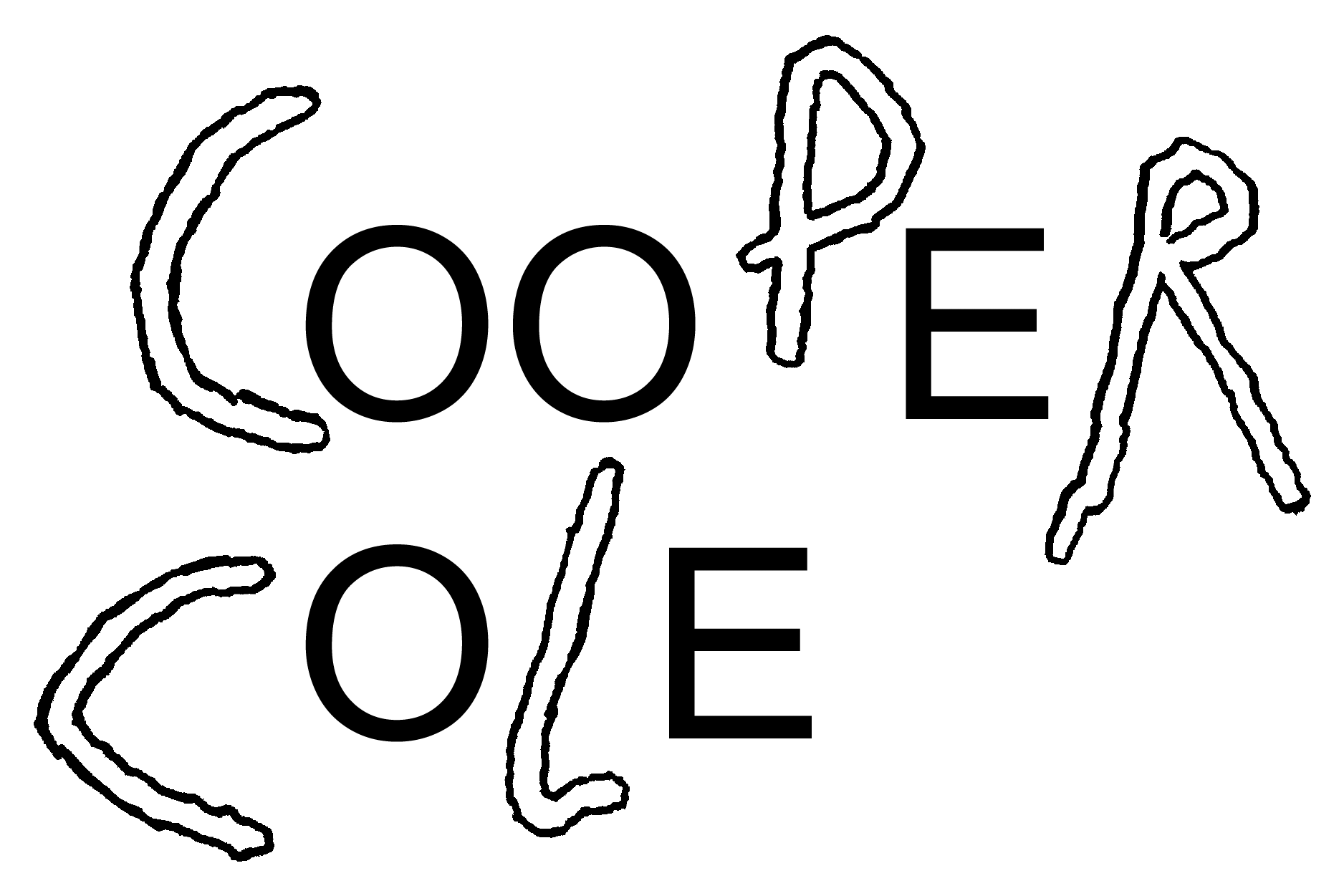


Opening reception: Friday January 20 2017, 6-9pm.
COOPER COLE is pleased to present Not Palaces, a solo exhibition from Scott Treleaven.
This marks Treleaven’s first solo exhibition in Canada.
“The night I am telling you about we ate at Paderno and then in the complete darkness we climbed up towards Pieve del Pino – we saw an immense number of fireflies which made clumps of fire among the clumps of the bushes and we envied them because they love each other, because they were seeking each other with amorous flights and lights while we were arid and all males in artificial peregrinations. Then I thought how beautiful friendship is and the bands of twenty-year-old youths who laugh with their innocent male voices and take no notice of the world around them, continuing along their lives, filling the night with their shouts.
(…) That is how we were that night – we clambered up the sides of the hills among the undergrowth which was dead and their death seemed alive, we made our way through orchards and trees laden with black cherries and reached the top of a high hill. From there one could see two very distinct and fierce searchlights very far off – mechanical eyes from which there was no escape, and then we were seized by terror at being discovered while dogs barked and we felt guilty and fled along the crest of the hill.”
This is how Italian poet Pier Paolo Pasolini recalled an evening spent cruising in the hills around Milan in a 1941 letter to his long-time friend and lover Franco Faroli. Many years later, in 1975, just months before he was brutally murdered near Ostia, Pasolini would evoke fireflies again in a famous article he wrote for the Corriere della sera: “In the early 1960s, because of the air pollution, and most importantly, because of the water pollution in the countryside (the blue rivers and the clear ditches), the fireflies began to disappear”. In this article, Pasolini chooses to symbolize the historical trauma of the violent modernization of Italy in the years after World War II and the snuffing out of working class culture through the metaphor of the disappearance of the fireflies.
Pasolini thinks political resistance through the metaphor of light – a clash of light against light, glaring, harsh, and spectacular lights against nameless, marginal, even clandestine lights. Bright lights create established signs, things to own, commodities in a shop window. Flickering, intermittent lights that might vanish into darkness at any moment leave us with no certainty, but with the ability to dream and to hope.
Glowing in the undergrowth, the fireflies make the night appear as a visual medium from which their precious, feeble signal reaches us, emerging against a black background. When blindingly bright floodlights obliterate their feeble spark, it is not just the fireflies that disappear, but the night itself. For fireflies to reappear, would it suffice to give back to the night its darkness?
Illumination, exposure, and visibility come with a cost, and some things are better left in the dark. Fireflies come and go, appearing before the eye like a faint lightning bolt, a hesitant shooting star, a distant lighthouse… or the eye of a whale under the sea meeting your gaze and then diving back into the blackness of the water.
This last experience is evoked in the final pages of Philip Hoare’s Leviathan, or The Whale, in which the British writer recounts his encounter with a sperm whale off the coast of the Azores: “Surveyed by the electrical charge of her sixth sense, I felt insignificant and yet not quite,” he writes. “Recreated in her own dimension, in the dimension of the sea, I was taken into her otherness, my image in her head. As the whale turned past me, I saw her eye, grey, veiled, sentient; set in her side, the centre of her consciousness. Behind it lay only muscle, moving without effort. The moment lasted forever and for seconds.” Then she is gone, back into the depths. He goes on: “Only as the distance between us increased – as the silence of her descent became hypnotic – was her enormity revealed; something I had seen, and yet which I could not quite comprehend.” Prior to this final encounter, Hoare’s book takes the reader through dozens of stories, studies, and depictions of this mysterious animal, of its sensuality, altruism, sense of community, and long-lasting fascination of artists and poets alike, including of course Melville’s literary monolith, Moby Dick.
Melville’s enormous whale and Pasolini’s tiny firefly are both the victims of the madness and exploitation of capitalist modernity. They also share a common romantic and homoerotic appeal: Melville’s chapter “A Squeeze of the Hand” is described by Hoare as one of the gayest scenes in 19th century fiction, a scene during which whalers sit around a vat of spermaceti, squeezing out the lumps of the precious liquid from a recently slaughtered carcass. Ishmael evokes the accidental contact with other men’s hands in the oily mélange. “It’s virtually a circle jerk,” Hoare concludes.
There are no fireflies in Paris where I live, where I met Scott a few years ago, and where I am now writing this text. I don’t know if they can still be seen in Toronto. I have never been there (though I have read about the undercover sting operation conducted by the police last November in Marie Curtis Park in Etobicoke). Some things flicker in the night if you look carefully, and if you are in the right place. The tip of a cigarette glowing in the dark at night in the hedge maze of the Tuileries garden for instance. These hedges shelter men – from the cameras of tourists and the headlights of passing cars – as they cruise through the night. The maze is right at the center of the city, between the two wings of the Louvre – that is, the palace of the power, be it that of the kings in the years before the Revolution, or that of cultural power and hegemony since it was repurposed as a museum, not to mention the glittering luxury mall that now squats beneath it. Here is only the red of the cigarette tip, the blue of the smoke, and above us not palaces, but the whales and the night.
– Emmanuel Guy is an art and literature historian specializing in 20th century avant-garde art and counterculture, as well as political and strategic issues in art and design practice. He is Assistant Professor of Art and Design History at Parsons Paris The New School.
Scott Treleaven (b. 1972, Canada) graduated from the Ontario College of Art & Design in 1996, and continued his studies in Sociology and Psychology at the University of Toronto. His paintings are heavily informed by his early filmmaking career, as well as work in a variety of other media spanning collage, sculpture, photography, and publishing. Dedicated to examining intersections of marginality, consciousness, and art making, his seminal zines have been included in historical overviews such as ‘The Magazine – Documents of Contemporary Art Series’ (MIT Press 2016), ‘Showboat: Punk, Sex, Bodies’ (Dashwood 2016), and ‘In Numbers: Serial Publications by Artists Since 1955’ (JRP|Ringier 2009). Treleaven has had solo exhibitions at Invisible-Exports, New York; Jessica Silverman, San Francisco; Marc Selwyn Fine Art, Los Angeles; Kavi Gupta Gallery, Chicago; The Breeder, Athens, Greece; COOPER COLE, Toronto, Canada; The Suburban, Milwaukee, USA (June 2017), amongst others. He has also participated in group exhibitions at institutions such as Grazer Kunstverein, Austria; Contemporary Arts Museum, Houston; ICA, Philadelphia; MoMa PS1, NY;The Warhol Museum PA; and 80WSE, NY, USA; Witte de With, Rotterdam, Netherlands; Palais de Tokyo, Paris, France; Maureen Paley, London UK; Alison Jacques, London UK; the British Film Institute, London UK; amongst others. Treleaven currently lives and works in Toronto, Canada.
This exhibition is generously supported by: The Ontario Arts Council, and Mercer Union, a centre for contemporary art.
For more information please contact the gallery:
info@coopercolegallery.com
+1.416.531.8000
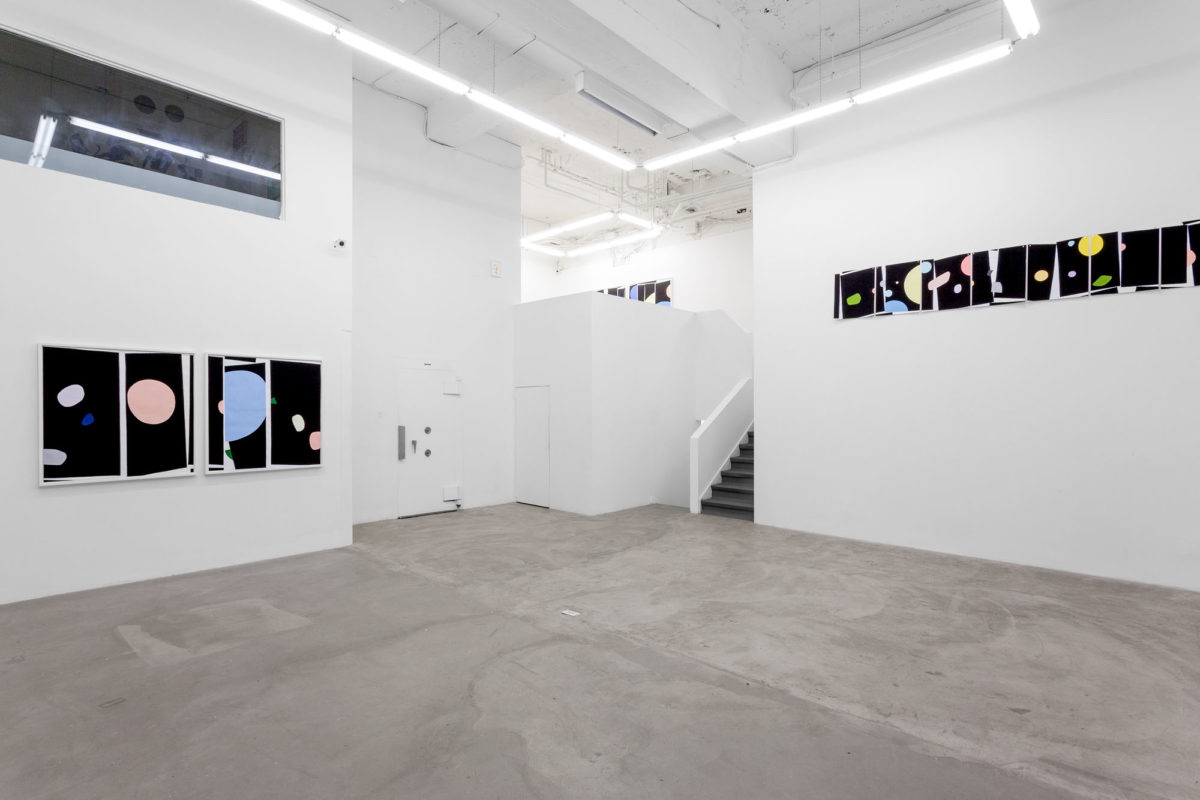
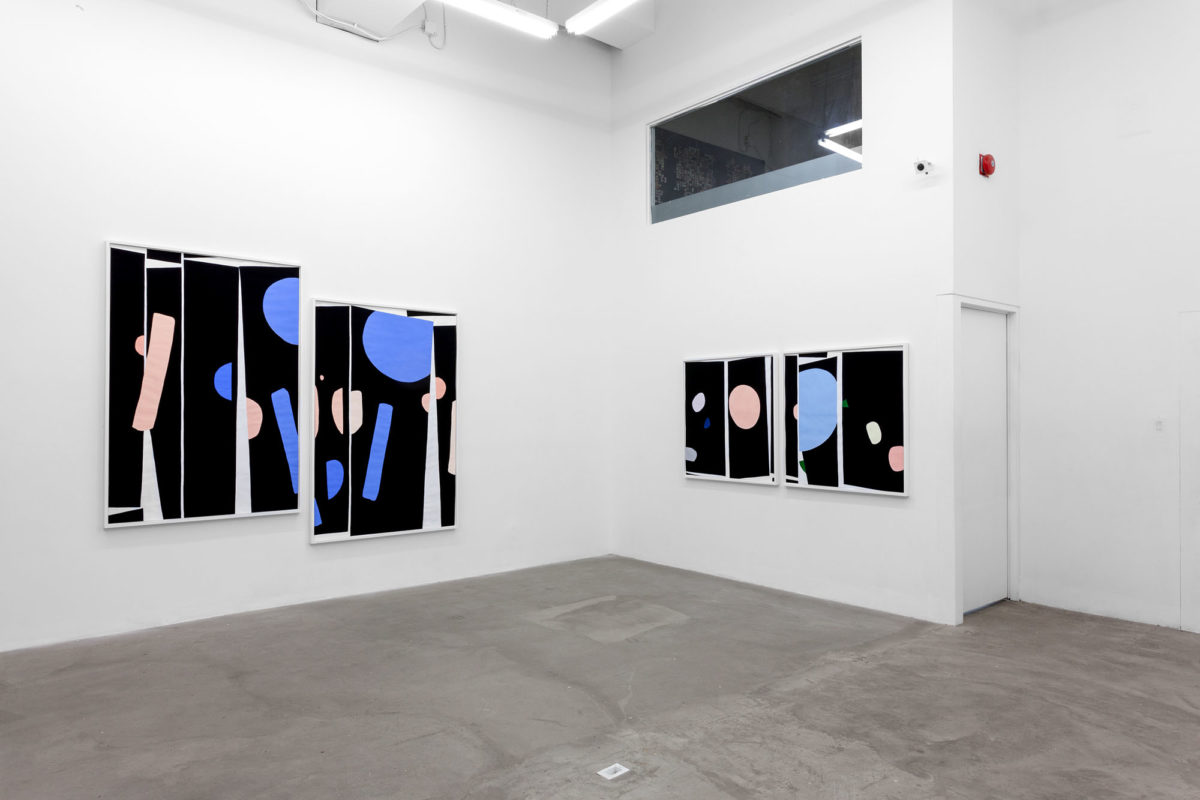

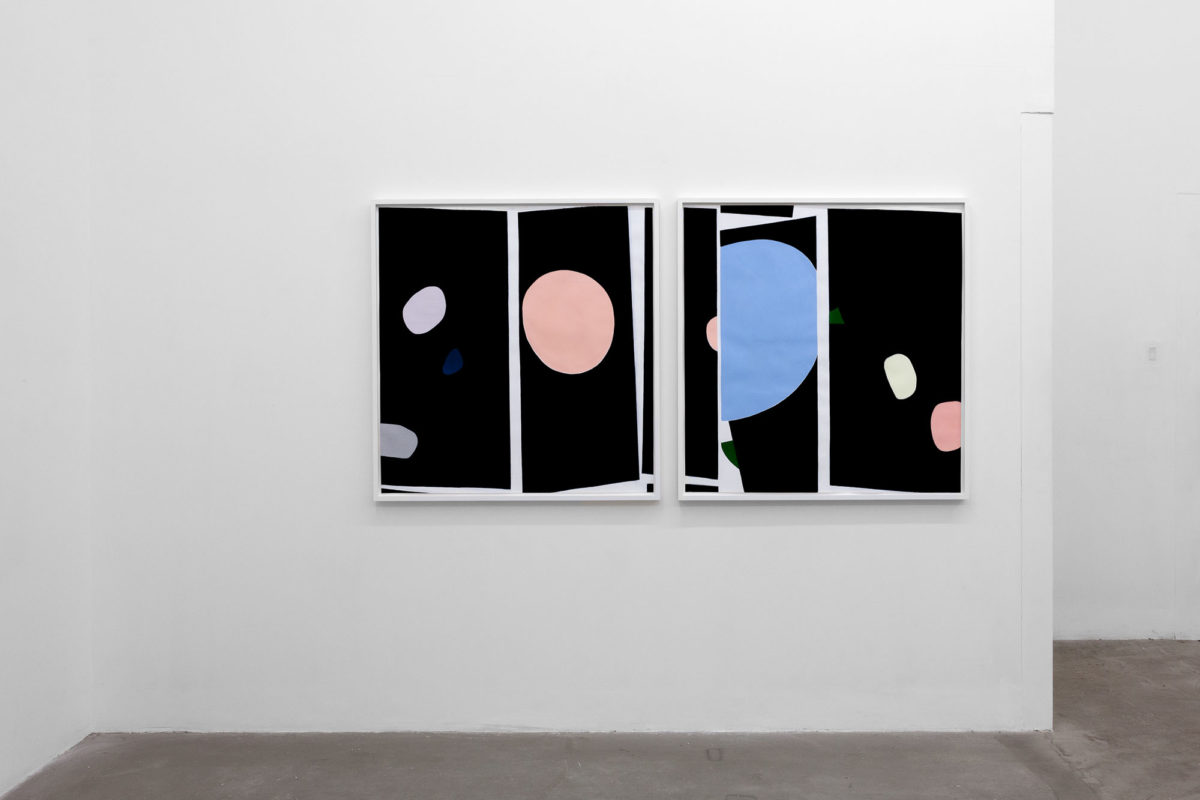
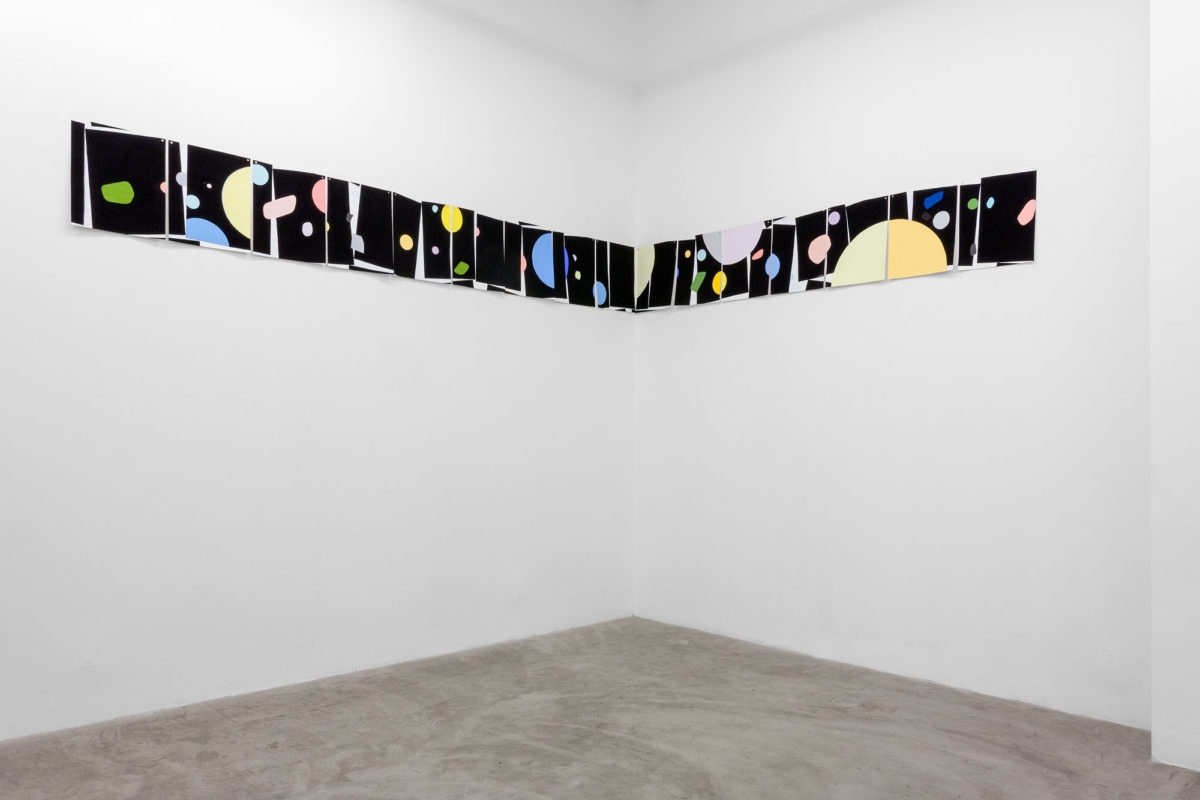
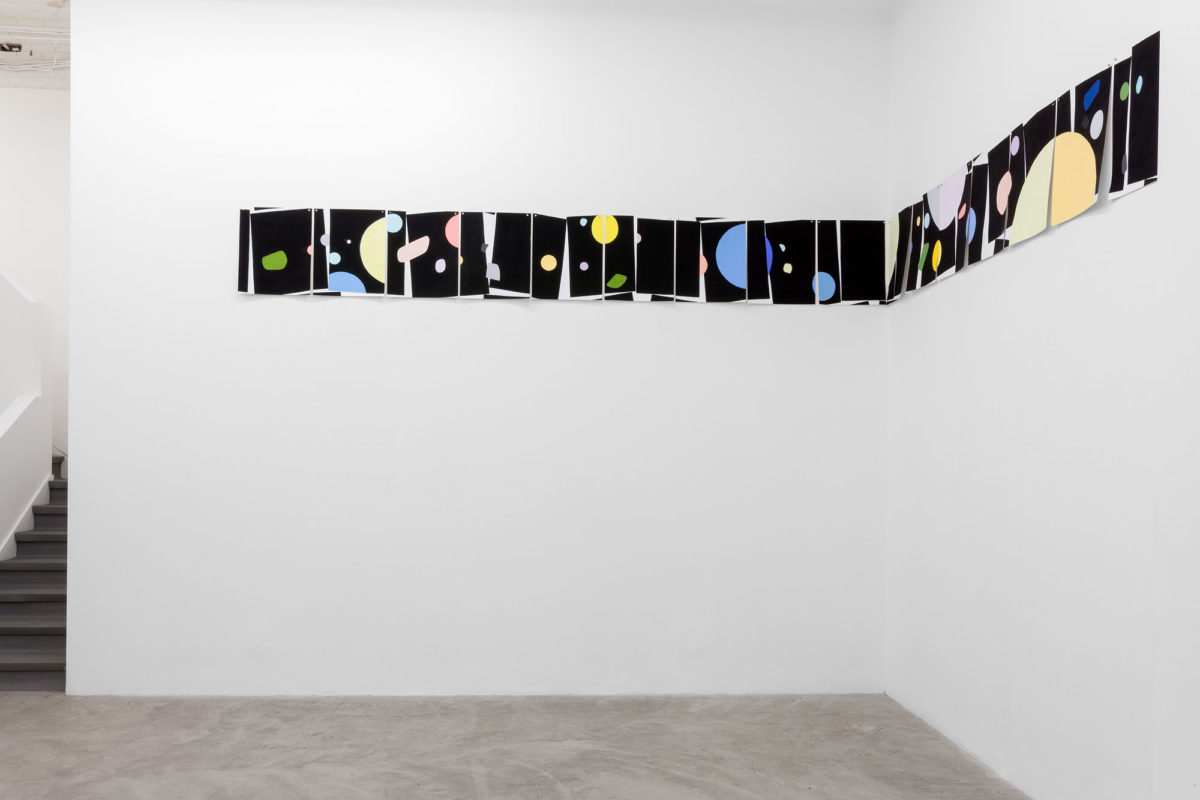


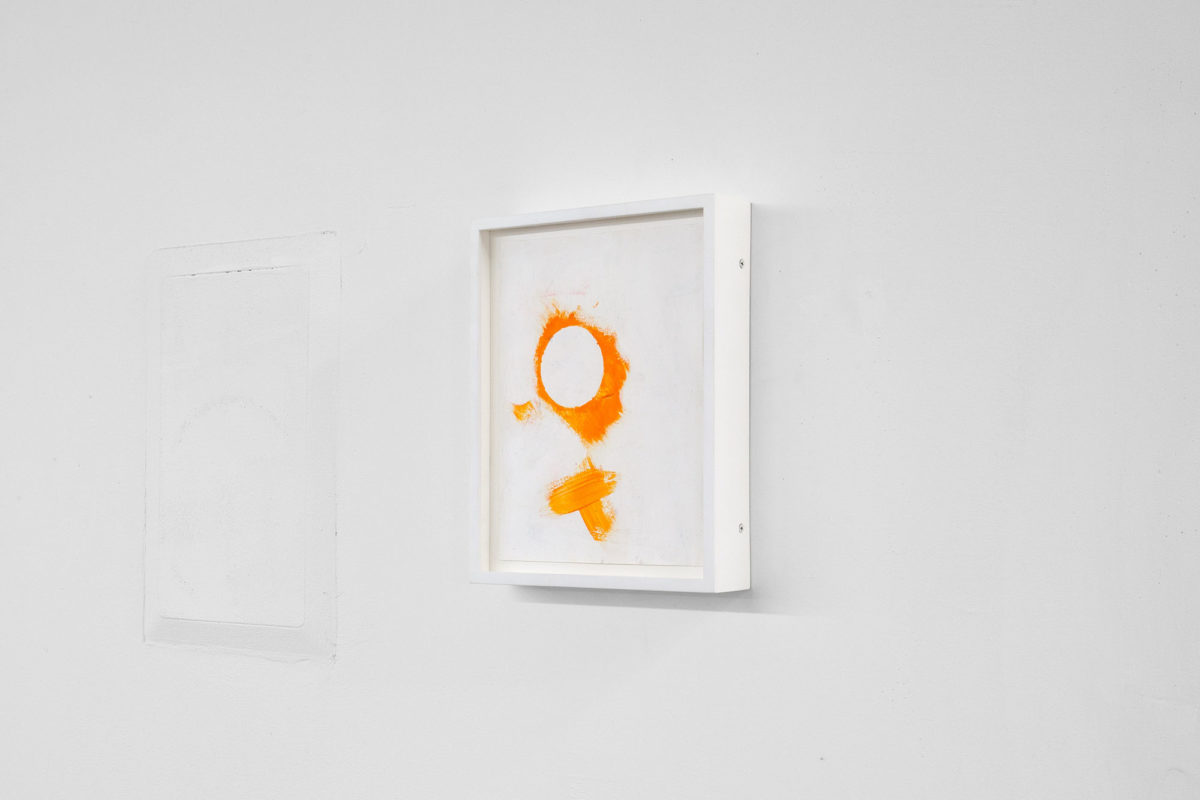
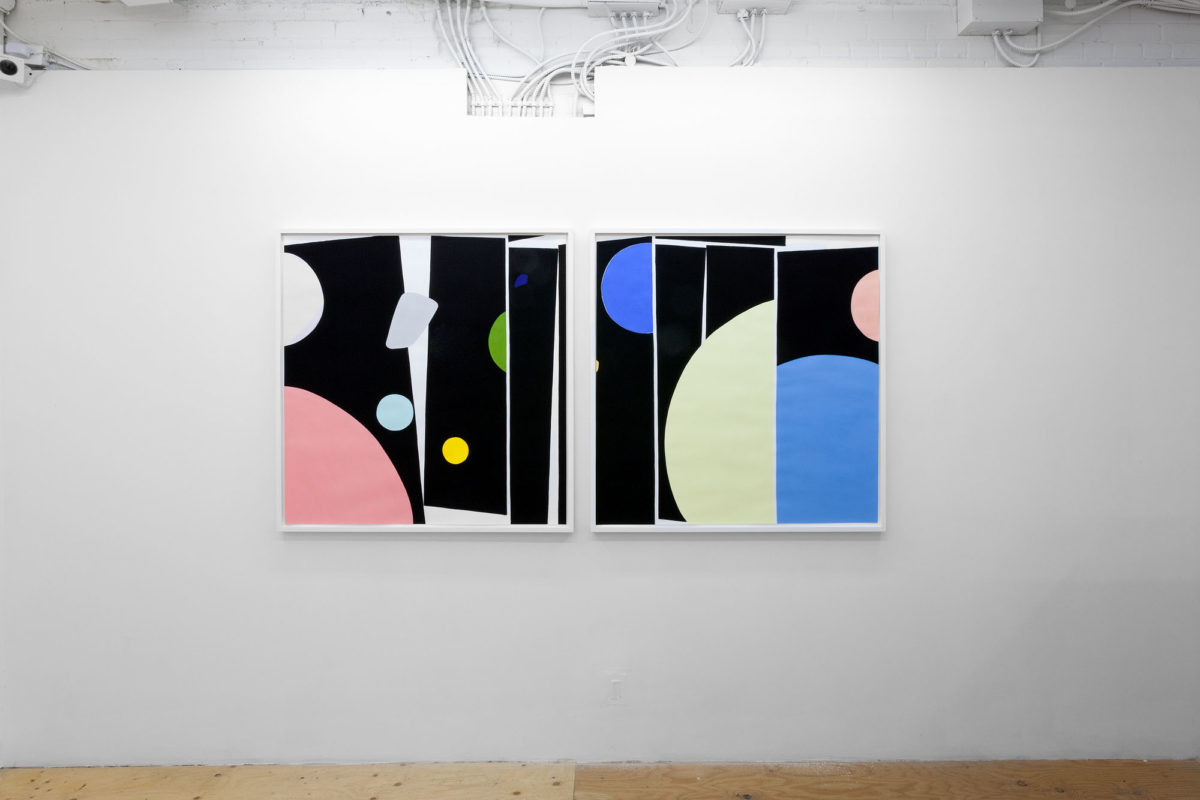
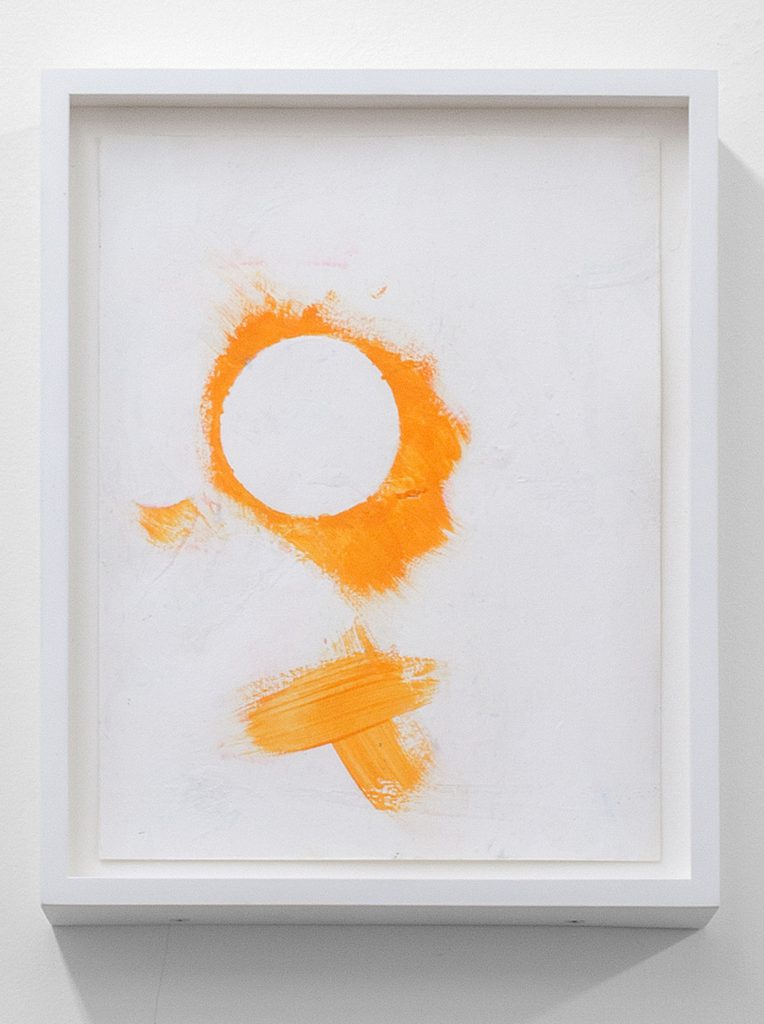
Scotte Treleaven
Before Become Extinct
Scotte Treleaven – Before Become Extinct, 2017
Gouache, acrylic and collage on paper


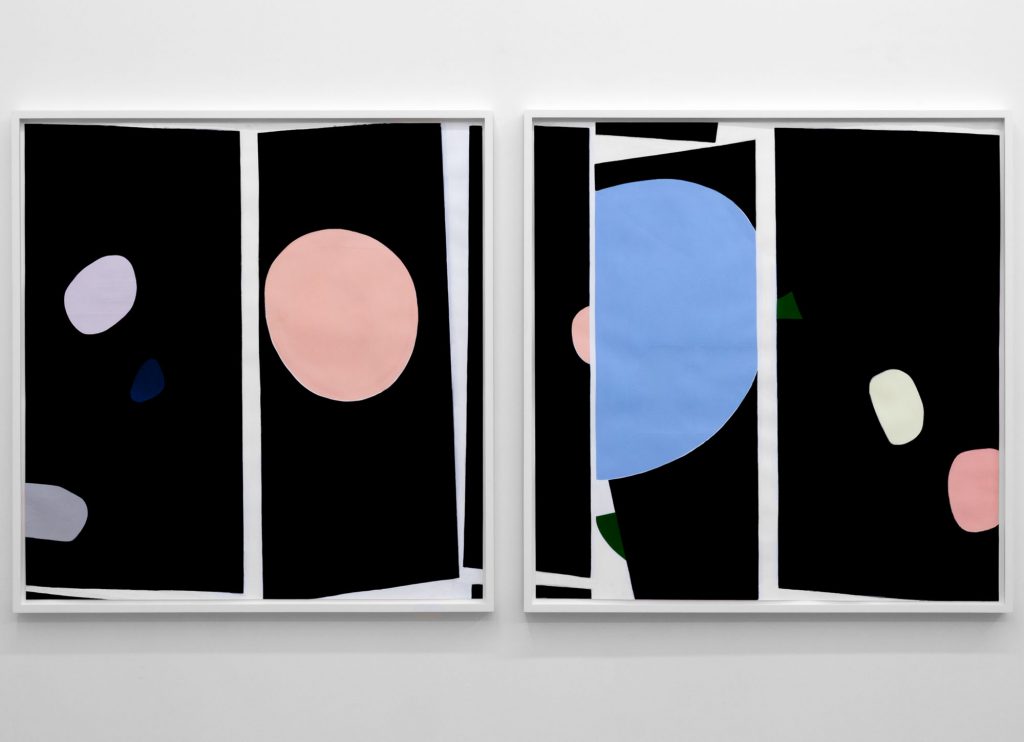
Scott Treleaven
The Seeding Ship
Scott Treleaven – The Seeding Ship, 2017
Gouache and acrylic on paper
Diptych

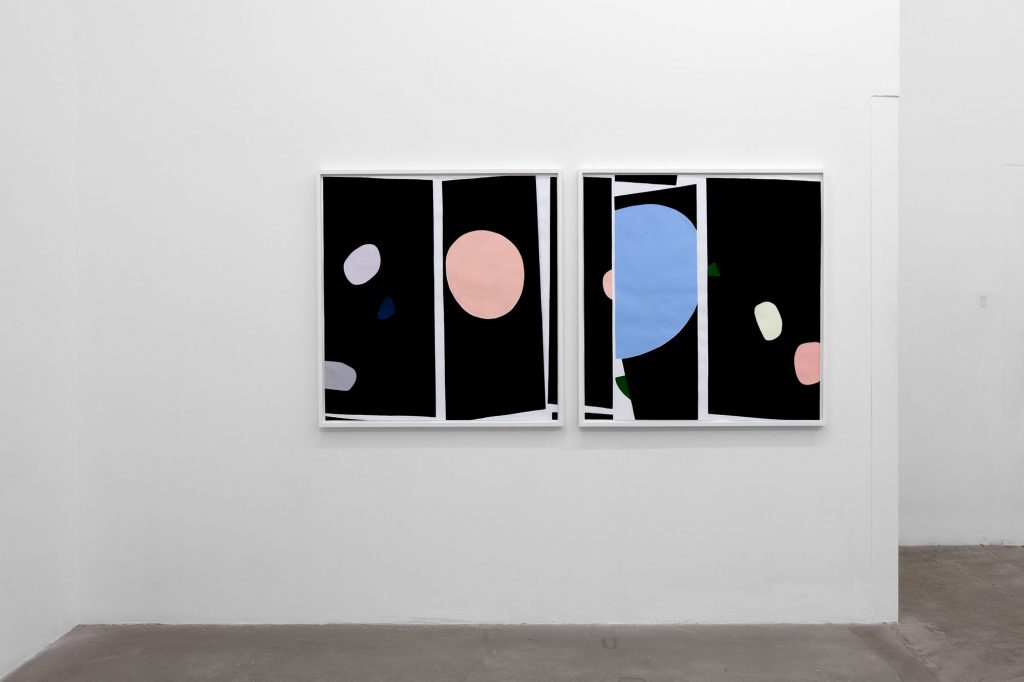

Scott Treleaven
Whales Over the Tuileries Hedge Maze
Scott Treleaven – Whales Over the Tuileries Hedge Maze, 2017
Gouache, acrylic and collage on paper
Diptych
